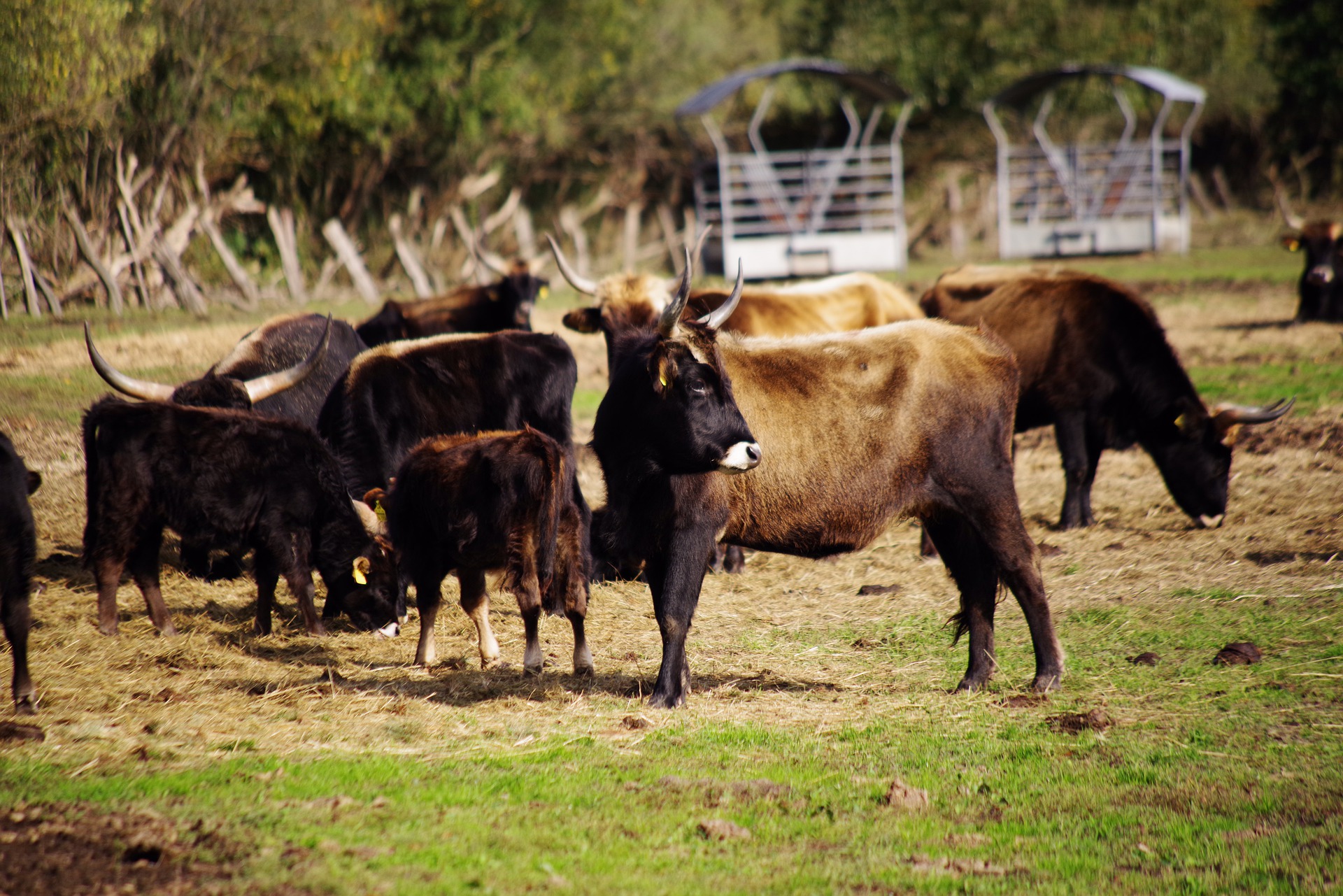by Dr Monique Eloit, Director General, World Organisation for Animal Health (OIE)
Climate change impacts the health of every person, animal, plant, a body of water and soil type. There is no one living thing – terrestrial or aquatic, vertebrate, or invertebrate – that is not nor will be affected by rising temperatures and extreme weather patterns.
Looking at animal production, these phenomena not only result in failures in yield but also in an evolving geographic distribution of diseases and pathogens. Thus, from the animal health and welfare perspective, climate change, like globalisation of trade, adds complexity to the already multifaceted equation for global health. Extreme or even moderate weather events can throw health completely out of balance, just as the spread of animal disease or pathogens through trade (legal or illegal) can and does. Warmer and shorter winters, or heavier rainfalls, notably generate changes in conditions and locations of diseases carried by insect vectors, such as Bluetongue or Rift Valley Fever. No longer are these “climate-sensitive” diseases confined to certain regions of the world but are appearing in locations that have not experienced such outbreaks before.
Identifying what the World Organisation for Animal Health (OIE) can offer to reduce the impact of climate change in the context of disease emergence and evolution is challenging. In 2019, using a survey and four different scenarios to describe what the future of animal health could look like in 2030, the OIE surveyed its membership (the national Veterinary Authorities) to analyse how certain external factors (e.g. climate change, conflicts, socio-economics, trade patterns) are and will affect the work and functioning of Veterinary Services.
In brief, the survey found that epidemics in livestock diseases, zoonoses as well as increased antimicrobial resistance were factors of high importance to Veterinary Services, but also indicated that they were well prepared to face these factors. On the other hand, extreme weather and reduction in greenhouse gases were ranked lower. This is not at all surprising as the current modus operandi of the Veterinary Services is to be responsive to the immediate effects of disease outbreaks and animal welfare issues. While they likely know and accept that there are causal links between climatic conditions and disease emergence, they are likely not equipped to respond to the consequences on animal health as a result of climate change.
Having said that, Veterinary Services do want to be a part of climate change adaptation and mitigation approaches. As such, futures thinking and foresight techniques were identified as useful in the management of issues as they involve multidisciplinary views on the implications of concerns such as climate change to establish strategies well as to test current strategies. Presently, the OIE is exploring the use of these approaches for improving preparedness and resilience building in Veterinary Services inclusive of climate change impacts.
Addressing climate change is of the utmost importance to the health of every living thing. And while the agricultural sector is being blamed, as if it were separate and apart from our lives, it is also adversely impacted by climate change. With this in mind, mitigating or adapting to climate change now and in the future will not be solved by extreme measures, but rather by some middle ground or yet to be realised system, involving the agricultural sectors, Veterinary Services and beyond for a healthy environment for all living things.
ABOUT THE AUTHOR
 Dr Monique Eloit is the Director General of the World Organisation for Animal Health (OIE). Prior to her election, she occupied the function of OIE Deputy Director General (2009-2016). Doctor of Veterinary Medicine, she has also been the Chief Veterinary Officer of France and National Delegate to the OIE (2005- 2009).
Dr Monique Eloit is the Director General of the World Organisation for Animal Health (OIE). Prior to her election, she occupied the function of OIE Deputy Director General (2009-2016). Doctor of Veterinary Medicine, she has also been the Chief Veterinary Officer of France and National Delegate to the OIE (2005- 2009).

